Chicago homeowners planning exterior upgrades in 2025 face a practical equation: balance curb appeal, resilience, and efficiency without overspending. Modern vinyl solutions make that equation easier to solve, merging upgraded materials with smarter designs that hold up against snow, wind, and intense summer sun. From creative textures to insulated panels, the latest profiles offer a combination of style and performance suited to brick bungalows, greystones, and new infill builds alike. If you’re comparing contractors or seeking design guidance, partners like HX Home Solutions can translate product specs into a long-lasting, attractive installation. Throughout this guide, we’ll look at materials, finishes, and color trends, plus how to weigh cost against durability and how to get the most value from Vinyl Siding In Chicago.
Modern Vinyl Materials Designed for Harsh Midwest Weather
Vinyl siding has evolved far beyond thin panels that fade or crack under pressure. Today’s options use enhanced PVC blends with impact modifiers, UV inhibitors, and robust capstocks designed to resist warping through freeze-thaw cycles. Thicker gauges, reinforced nailing hems, and tighter interlocks help panels withstand lake-effect winds while maintaining alignment over time. Because Chicago can swing from subzero cold to summer heat waves, thermal stability is not a luxury—it’s a necessity that manufacturers now engineer into their profiles. These shifts mean fewer callbacks for repairs, cleaner lines, and a more consistent appearance season after season.
What the Latest Formulations Deliver
The best-performing materials combine flexible vinyl bases with acrylic or PMMA cap layers that stabilize color and surface texture. This approach reduces chalking, improves scratch resistance, and fights UV fade—key advantages when the sun bakes south- and west-facing walls. Modern formulations also account for moisture: channels and weep holes help shed water, while profiles are designed to pair with housewraps that maintain a continuous drainage plane. Look for panels tested to ASTM standards for impact and colorfastness; these certifications reflect how well siding handles hail, windborne debris, and solar exposure. When chosen thoughtfully, these material upgrades translate into a quieter home, fewer visible seams, and reliable performance that aligns with Chicago’s demanding climate.
Low-Maintenance Siding Finishes That Save Time and Cost
One of vinyl’s biggest draws is the move toward finishes that clean easily and retain their look with minimal effort. Co-extruded capstocks deliver richer colors and more realistic woodgrains without the flaking and peeling associated with paint. Many premium finishes have low-gloss or matte sheens that better mask minor scratches and reduce glare, creating a refined, contemporary feel on the street. Hydrophobic surfaces help rain rinse away dust and pollen, and anti-static properties can reduce clinging grime around alleyways and busy streets. Over time, this reduces the need for heavy scrubbing, specialized cleaners, or frequent touch-ups that add to ownership costs.
Finish Technologies Worth Noting
Acrylic-enriched cap layers provide excellent fade resistance, which is pivotal for darker hues that are growing in popularity. Some finishes integrate micro-embossing to mimic cedar, adding depth without introducing maintenance headaches. In neighborhoods where salt spray from winter roads and fluctuating humidity are common, stain-resistant technologies help keep facades fresher between washings. To care for Vinyl Siding In Chicago, most homeowners need only a gentle hose rinse and mild soap once or twice a year, plus a quick check of trim and accessories. The long-view: fewer weekends on ladders, fewer products to buy, and a consistent appearance that holds its value.
Insulated Panels That Improve Energy Efficiency
Insulated vinyl siding adds foam backing to each panel, increasing rigidity and delivering steady thermal performance. This integrated layer can raise the wall’s effective R-value by roughly R-2 to R-4, trimming heat loss through studs and reducing drafts at panel joints. During winter cold snaps, the foam helps stabilize indoor temperatures; when summer heat and sun exposure spike, it reduces thermal gain and supports more even cooling. The denser substrate also dampens exterior noise—a meaningful benefit on transit corridors, near the Kennedy or Eisenhower, or in lively mixed-use zones. With energy codes continuing to nudge higher performance targets, insulated profiles offer a pragmatic path to better comfort.
Where Insulation Pays Off
Savings come from multiple angles: tighter envelopes reduce HVAC cycling, and the extra rigidity improves panel lay-flat for a cleaner finish. Insulated systems often pair well with upgraded housewraps, which together form a continuous weather barrier against wind-driven rain while allowing walls to dry. Proper detailing at windows, doors, and transitions is critical; reputable installers like HX Home Solutions can integrate flashing and trim systems to prevent gaps that undermine efficiency. Many households notice fewer cold spots and less temperature stratification between floors after upgrading insulated cladding. For homeowners comparing Vinyl Siding In Chicago, the combination of energy performance, acoustic comfort, and improved durability often justifies the modest premium.
Bold Color Palettes Leading Chicago’s 2025 Exterior Trends
Color in 2025 is confident yet curated, with deep charcoals, inky blues, forest greens, and earthy taupes taking the lead. These shades complement black window frames and minimal trim profiles, creating crisp, architectural lines on everything from two-flats to contemporary new builds. Warmer undertones—think clay or mushroom—are gaining favor for their ability to bridge brick, limestone, and wood accents. For homeowners wanting contrast, black or bronze gutters and downspouts frame the facade without overpowering it. Texture remains subtle, with matte finishes and refined woodgrains shaping the premium look many buyers crave.
Combining Tones with Architecture
Historic greystones pair beautifully with muted, cool mid-tones that respect the stone’s character while refreshing the overall composition. Bungalows and cottages respond well to richer colors balanced by light trim, highlighting eaves and porches without dipping into high-maintenance territory. Because Vinyl Siding In Chicago sees intense sun and winter grime, colorfast capstocks and low-gloss surfaces help keep elevations even and elegant. If you’re mixing materials—say board-and-batten on gables with lap on the field—use the same color family in different tones to create depth. Finally, sample panels on-site and view them morning and evening; Chicago’s shifting light can change the way a hue reads against brick or landscaping.
Comparing Budget-Friendly and Premium Vinyl Choices
The price gap between entry-level and top-tier vinyl reflects tangible differences in thickness, locking mechanisms, and finish chemistry. Budget panels may be light and flexible, making them easier to cut but more prone to telegraph wall imperfections and to rattle in strong winds. Premium lines typically feature thicker gauges, sturdier interlocks, and enhanced cap layers for fade and scratch resistance. Warranties also diverge, with higher-end products offering broader protections on color and hail. In neighborhoods where resale value is top-of-mind, a premium look can lift perceived quality and reduce post-listing exterior punch lists.
Finding the Right Fit for Your Project
Think in terms of priorities: if you’re stabilizing a rental or prepping for a short-term hold, a solid mid-tier might be the sweet spot. For your forever home—or a property on a prominent corner—investing in thicker panels and richer finishes can elevate curb appeal for decades. Ask your contractor to show mockups and real samples in daylight; feel the rigidity and examine the locks to compare how panels will lay on your walls. Firms like HX Home Solutions can break down costs by component—siding, trim, soffit, and accessories—so you know exactly where upgrades deliver the most impact. For many owners evaluating Vinyl Siding In Chicago, the best plan blends premium profiles on street-facing elevations with cost-efficient options in less visible areas.
Weather-Resistant Designs That Extend Exterior Lifespan
Weather resistance is as much about design and installation as it is about material chemistry. Profiles with deep laps shed water better, and reinforced hems hold fast in wind, reducing flexing that can fatigue panels over time. Matching accessories—J-channels, corner posts, starter strips—create a system that moves water away from joints and fasteners. Behind the scenes, a well-detailed housewrap and thoughtful flashing at windows and doors form a reliable drainage plane, preventing moisture from lingering. These layers work in concert, mitigating the mold, peeling, and swelling that plague poorly ventilated walls.
Details That Protect in Every Season
In winter, strategic clearances around decks and grade lines keep panels from wicking slush and salt. Summer brings expansion, so correct fastener placement—centering nails in slots and leaving room for movement—prevents buckling. Ventilated soffit panels improve attic airflow, reducing heat buildup and ice-dam potential by keeping roof decks drier. Durable trim around hose bibs, exterior outlets, and light fixtures blocks intrusion at common leak points, while properly sized drip caps direct runoff away from openings. With these details dialed in, a vinyl system can perform predictably for years, even through Chicago’s toughest freeze-thaw cycles.
How Quality Siding Upgrades Boost Long-Term Home Value
Exterior projects offer two kinds of returns: daily satisfaction and financial payback when it’s time to sell. A cohesive facade—clean lines, balanced color, and crisp trim—signals low maintenance to buyers and appraisers alike. Energy-efficient assemblies can reduce utility bills, while quieter interiors elevate livability in dense or high-traffic areas. Robust warranties and transferable coverage further reinforce confidence, reducing the chances of a deal slowing over inspection concerns. Over a 10- to 20-year horizon, these benefits compound, supporting both comfort and equity growth.
Planning a Value-Forward Project
Start by auditing your home’s weak points: fading on sun-exposed elevations, noise, drafty rooms, or trim that traps water. Align product choices with those goals, then phase the project if needed—front elevation first, sides and back next—to manage cash flow without compromising look and performance. Keep documentation organized: product data sheets, warranty registrations, and installation photos help future buyers verify quality. Local market knowledge matters too; a contractor who frequently delivers Vinyl Siding In Chicago will understand neighborhood preferences, permitting nuances, and seasonal timing. When you want an experienced hand guiding selection and detailing, HX Home Solutions can help shape a design that looks current in 2025 and holds its value well into the future.


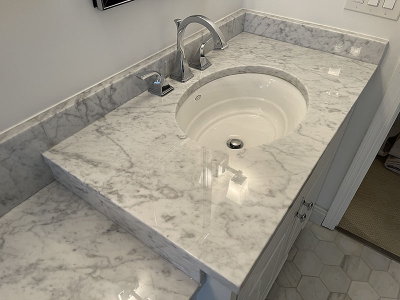

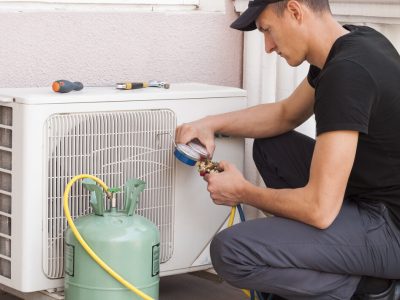
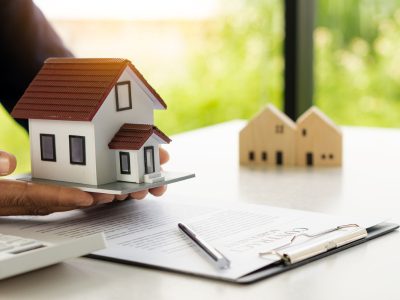

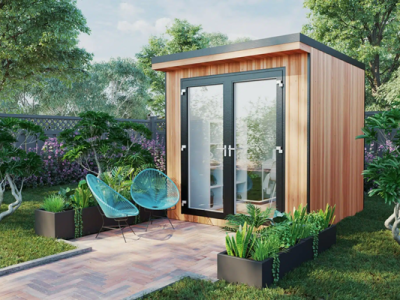
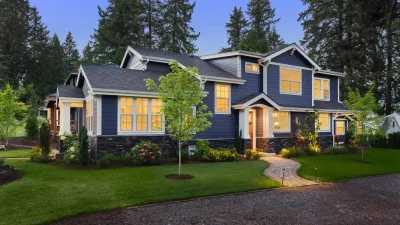
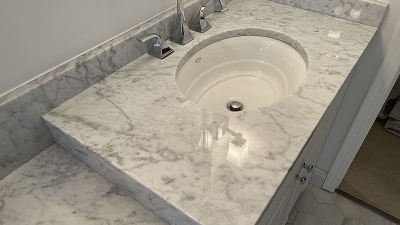
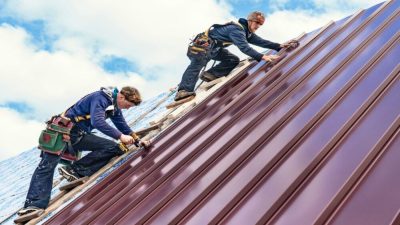


Comments